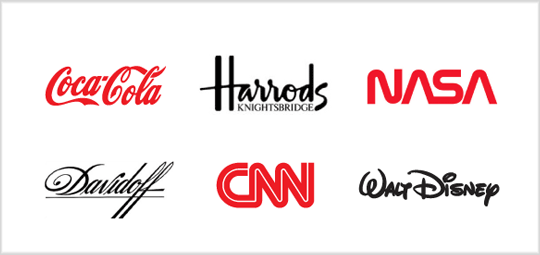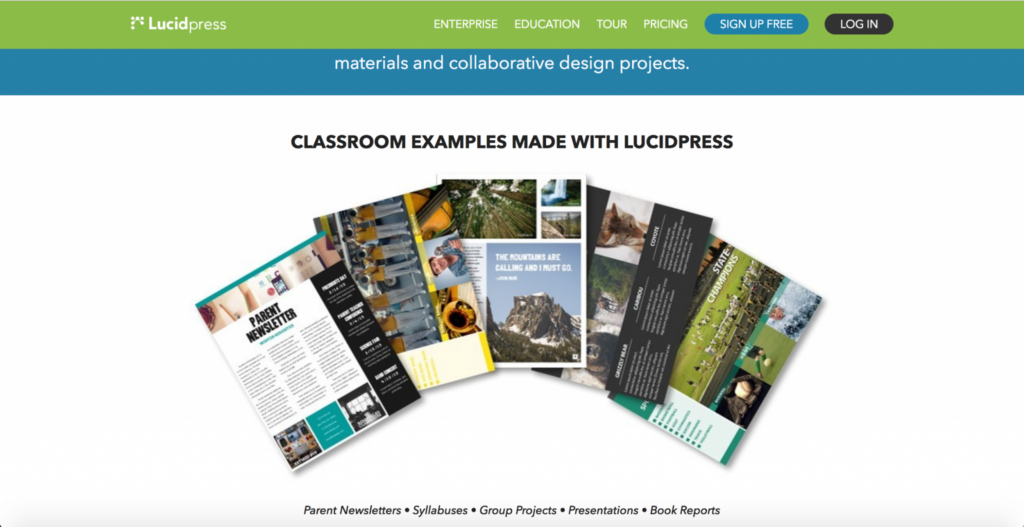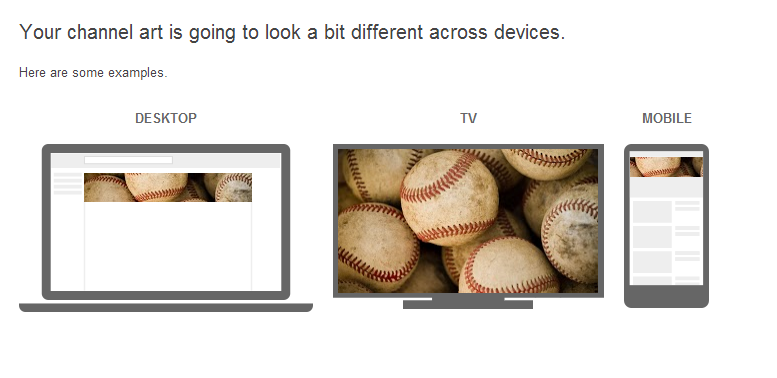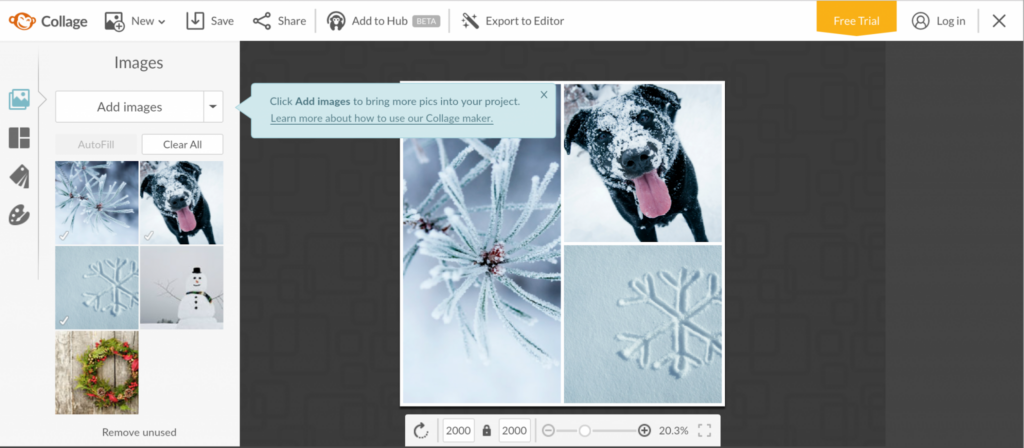Min the New Simplicity in Graphic Design
In marketing and PR communities graphic design has long been under a stigma of being complicated and quite expensive. Something you would normally outsource to freelancers or a graphic designer in another department. Too long now, actually.
In reality, graphic design tools have finally gotten simple and free. What used to be true no longer makes sense: why should it be so hard for you to create a logo for your company? Why designing a flyer or a brochure requires 2 weeks and a $100 budget on a freelancing platform?
The answer may be—because we want it to be great. That's fair enough. Of course, if you want to have something made by a professional designer, with perfect lines and curves—then going for professional services is the way to go.
But the reality for many of us is different. In fast-moving startup and corporate environments, "perfect" is often not "the best" if it takes way too much time. Most of the time creating something simple and yet good looking is the best way to nail that marketing campaign with a new logo. Or impress the board of directors by showing a fancy chart or a well-designed project proposal. Or speed up website development by sending over a rough UI mockup.
Marketing and PR professionals are surely skilled and creative enough to design by themselves. Just if they use some right tools and techniques to assist them. Click To Tweet
Logotypes
Logos are the cornerstone of every company or organization. And usually it is the job of marketing or PR guys to work with them on a daily basis. And often it's their job to create them too.
A good logo must be appropriate—it must precisely reflect the company that stands behind it. Another common advice when it comes to logo design is to follow the 'Keep It Simple, Stupid' (KISS) principle. If you look at the major brands' logotypes, you will see that most of them are clean and understandable.

Vectr is a free tool that allows you to create and download vector graphics, including logotypes. Getting started with Vectr is extremely easy, and you can turn any stock icon with a little text into a spacious logo.
Icons
Icons are irreplaceable when it comes to presentations, websites or mockups. Often we need to design our own customized pieces, and even though they seem small and simple—professional designers charge expensively for them.
The best way of getting your icons done is buying some high quality icons or icon sets on a platform like Iconfinder and then customizing them according to your needs.
Let's say you need to create an icon of a pear with a worm sticking out of it. First, you can download two separate images—a pear fruit icon and a worm icon, and then combine them using a graphics editor, such as Vectr or Canva. Obviously this is a really basic example, but most of the time you can really handle icon customization all by yourself.
![]()
![]()
Brochures
Brochures are often edited in a rush. Even when your brochure was created by a professional designer, the time of the upcoming event always changes at the last moment. Or you have to include additional speakers. Or another sponsor joins the event. In situations like these, marketing and PR people are faced with a challenge of having to edit something that was created a month ago using complicated software.
This isn't the end of the world though. Tools like Canva or Lucidpress work great for editing brochures and are much simpler to use than the alternatives. They also feature many handy templates and tutorials which make it easy to create brochures even from scratch.

YouTube Graphics
If you're dreaming of making a fortune by becoming a YouTube creator, or growing your brand's audience by running a dedicated product channel—you certainly do need to create some great YouTube graphics.
First of all, pay attention to your channel's cover image. The recommended size for an art image is 2560 x 1440 pixels, but the safe zone visible across all devices is an area of 1540 x 427 pixels in the center. A channel icon is the second most important thing. It's the face and the most memorable sign of your channel, so make it recognizable.
The best way not to mess up the sizes of the needed graphics is to use pre-built templates. Canva or Vectr would have those available. Using templates guarantees that whatever you create will fit YouTube perfectly.

Facebook And Twitter Graphics
Social media managers—this paragraph is dedicated to you. Now, stop bugging your colleagues because you need to create some cool cover photos for Facebook or Twitter. You can do it yourself, and it's fun, really!
Cover images show what web pages are all about. So make them stand out, and most of all—try to highlight the benefits that come with your product. It's also advisable to use project size templates here to make all the graphics look good.
UI mockups
"That's rocket science," you'd say, "something only designers can handle." Well, it's not. What if you don't have a UX/UI designer on the team and you still want to show your developers what exactly do you mean by "a creative menu bar with three buttons and one of them green".
No need for expensive prototyping tools—just grab any vector graphics editor or free mock-ups tool like Moqups and you'll be totally fine. Remember—it doesn't have to look perfect. It just must be simple and detailed enough for the professionals you're working with to understand you.
Banners
Banners, just like social media covers, are very common graphic design pieces that marketing and PR professionals are dealing with. Whether it's ad banners or the ones you want to print—follow several simple rules while designing them and you will surely be fine.
Visme has put up a handy guide on how to design banners. Just follow these simple steps and your designs will be as good looking as ever.

Infographics
Here it is—one of the most engaging graphic design elements you could ever insert into any blog post. Marketers love infographics and data charts. And hate them too—because they are so hard to create.
But actually that's not completely true. You surely don't need to be a graphic designer to create infographics, just be open-minded and brave enough to use some good tools.
Infogr.am is a Latvian startup that lets you use their product free of charge to create basic infographics and charts. Otherwise, it's also worth to check out Vizualize or Canva's infographics maker.

Business Cards
Someone said that a business card is your professional face. You want your face to look good, right? But creating business cards is usually an everyday activity: a new manager is hired, so you get the task to edit some business card template. Or even create a new one. What do you do about it then?
Business cards can be easily created using any vector graphics editor. Just set up the right size for your project, which is usually 1050 x 600 pixels, or 3.5 inches by 2 inches. Hongkiat has put up together some great advice on business cards design.
Photo Collages
Images are always very powerful in marketing. Especially when there are a few of them combined into one collage. There are many free and awesome collage makers out there which allow you to do many things with the images.
Check out PicMonkey or Fotor photo editing software, they have good collage templates and handy image effects.

Luckily for us, simplicity and authenticity always work in graphic design. And no matter how experienced or creative you are, there are always some good tools and easy techniques which are going to help you.
Uncategorized · 5 min November 30, 2017
Uncategorized · 4 min July 23, 2018
Uncategorized · 7 min July 23, 2018
Min the New Simplicity in Graphic Design
Source: https://prowly.com/magazine/10-graphic-design-projects-can-easily-create/
0 Response to "Min the New Simplicity in Graphic Design"
Post a Comment